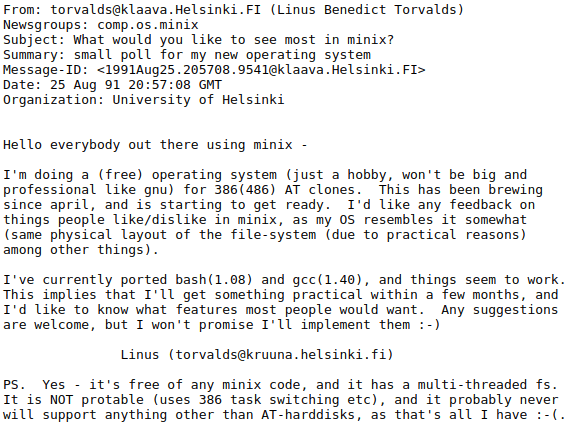Porting NSA SE Linux to Hand Held devices
The SE Linux kernel interfaces have changed, now it’s all through the proc and selinuxfs filesystems and there are no SE Linux specific system calls. Equivalent functionality is provided.
With significant changes to the code base (kernel, policy, and tools) the amounts of memory used will differ. But the methods of saving memory will remain the same.
In the first part of this paper I will describe how I ported SE Linux to User-Mode-Linux and to the ARM CPU. I will focus on providing information that is useful to people who are porting to other platforms as well. In the second part I will describe the changes necessary to applications and security policy to run on small devices. This will be focussed on hand-held devices but can also be used for embedded applications such as router or firewall type devices, and any machine that has limited memory and storage.
SE Linux offers significant benefits for security. It accomplishes this by adding another layer of security in addition to the default Unix permissions model. This is achieved by firstly assigning a type to every file, device, network socket, etc. Then every process has a domain and the level of access permitted to a type is determined by the domain of the process that is attempting the access (in addition to the usual Unix permission checks). Domains may only be changed at process execution time. The domain may automatically be changed when a process is executed based on the type of the executable program file and the domain of the process that is executing it, or a privileged process may specify the new domain for the child process.
























